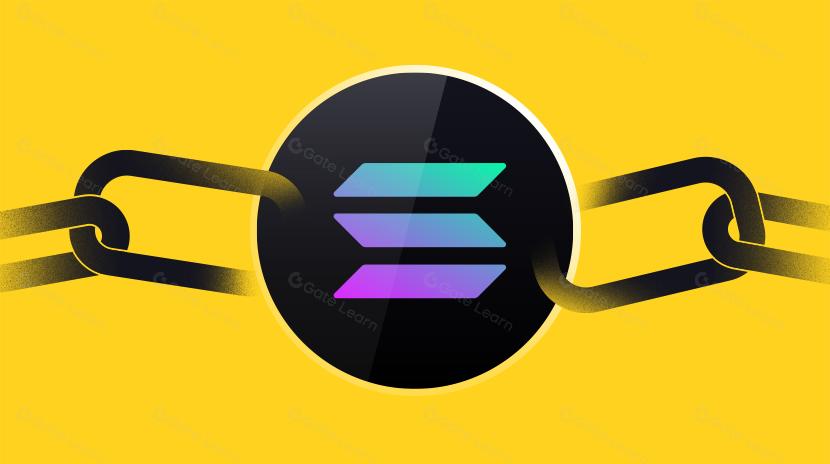side chaining

Sidechains are interoperability solutions connecting blockchain mainnet with additional chains, enabling secure asset transfer between different chains and extending functionality. Through a two-way pegging mechanism, assets can be locked and released, maintaining secure connections to the main chain while solving scalability issues. As a key innovation in blockchain interoperability, sidechains allow asset and information exchange between different blockchain ecosystems, providing an important pathway for scalability, interoperability, and innovative functionality in the blockchain industry.
Background: The Origin of Sidechains
The concept of sidechains was first introduced by Adam Back and others in 2014, published in the whitepaper "Enabling Blockchain Innovations with Pegged Sidechains." This innovation aimed to solve the challenges of functional extension and experimental innovation faced by the Bitcoin blockchain.
At the time, blockchain technology faced a dilemma: on one hand, developers wanted to build new functionalities on top of Bitcoin; on the other hand, implementing innovations directly on the main chain could introduce security risks. Sidechains offered a middle ground, allowing for functional experimentation on separate chains while maintaining the security of the main chain.
As the blockchain ecosystem evolved, sidechain technology has gradually developed. From early Bitcoin sidechain projects like Rootstock (RSK) and Liquid, to Ethereum ecosystem solutions like Polygon (formerly Matic Network), sidechains have become an important technical pathway for achieving blockchain interoperability.
Work Mechanism: How Sidechains Operate
The core working mechanism of sidechains revolves around a two-way pegging system, encompassing the following key processes:
-
Two-way Pegging Mechanism
- Asset Locking: Users send assets on the main chain to a specific address, locking these assets
- Verification and Confirmation: After sufficient confirmations of the main chain transaction, the sidechain network verifies this transaction
- Sidechain Asset Minting: The sidechain creates equivalent assets based on the proportion of locked assets on the main chain
- Reverse Redemption: Users can burn sidechain assets, provide proof of burning, and unlock corresponding assets on the main chain
-
Cross-chain Communication Protocols
- SPV (Simplified Payment Verification) Proofs: Allow sidechains to verify main chain transactions without downloading the entire blockchain
- Federated Signing Mechanisms: Multiple validators jointly confirm the validity of cross-chain transactions
- Relayers: Act as information bridges between the main chain and sidechains
-
Consensus and Security Models
- Sidechains maintain independent consensus mechanisms and can adopt different consensus algorithms from the main chain
- Security typically relies on validator networks or federated custody mechanisms
- Some sidechain implementations use Fraud Proofs or Validity Proofs to enhance security
Risks and Challenges of Sidechains
Despite bringing many benefits to the blockchain ecosystem, sidechains also face a series of challenges and risks:
-
Security Risks
- Bridge Vulnerabilities: Cross-chain bridges often become targets for hackers, with several major security incidents having occurred
- Validator Corruption: Sidechains relying on trusted third parties face risks of validator collusion
- Confirmation Delays: Waiting for sufficient confirmations can lead to extended completion times for cross-chain transactions
-
Technical Implementation Difficulties
- State Synchronization Complexity: Maintaining state consistency between chains with different consensus mechanisms and block generation speeds is extremely challenging
- Atomic Swap Guarantees: Ensuring atomicity of cross-chain transactions (either fully executed or not executed at all) requires precise design
- Scalability Bottlenecks: Some sidechain solutions may introduce new performance limitations
-
Balancing Decentralization and Security
- Centralization Compromises: Many sidechain solutions sacrifice some degree of decentralization to improve efficiency
- Trust Assumptions: Users need to trust the sidechain's security model and verification mechanisms
- Regulatory Uncertainty: Cross-chain asset transfers face complex regulatory environments and compliance requirements
Sidechain technology continues to evolve, with the developer community working to address these challenges and improve the security, decentralization, and user experience of sidechain solutions.
Sidechain technology represents an important direction in the development of blockchain interoperability, providing the blockchain ecosystem with the ability to extend functionality and connect different networks. Despite facing challenges in security and technical implementation, sidechains continue to develop and improve. With advancements in cross-chain technology, sidechains are poised to play an increasingly important role in the future multi-chain world, facilitating seamless interoperability between different blockchain networks and ultimately realizing a more open and interconnected blockchain ecosystem.
Share
Related Articles

The Future of Cross-Chain Bridges: Full-Chain Interoperability Becomes Inevitable, Liquidity Bridges Will Decline

Solana Need L2s And Appchains?
